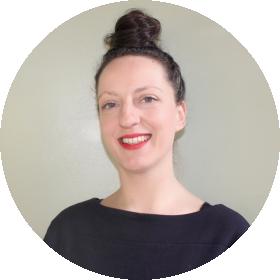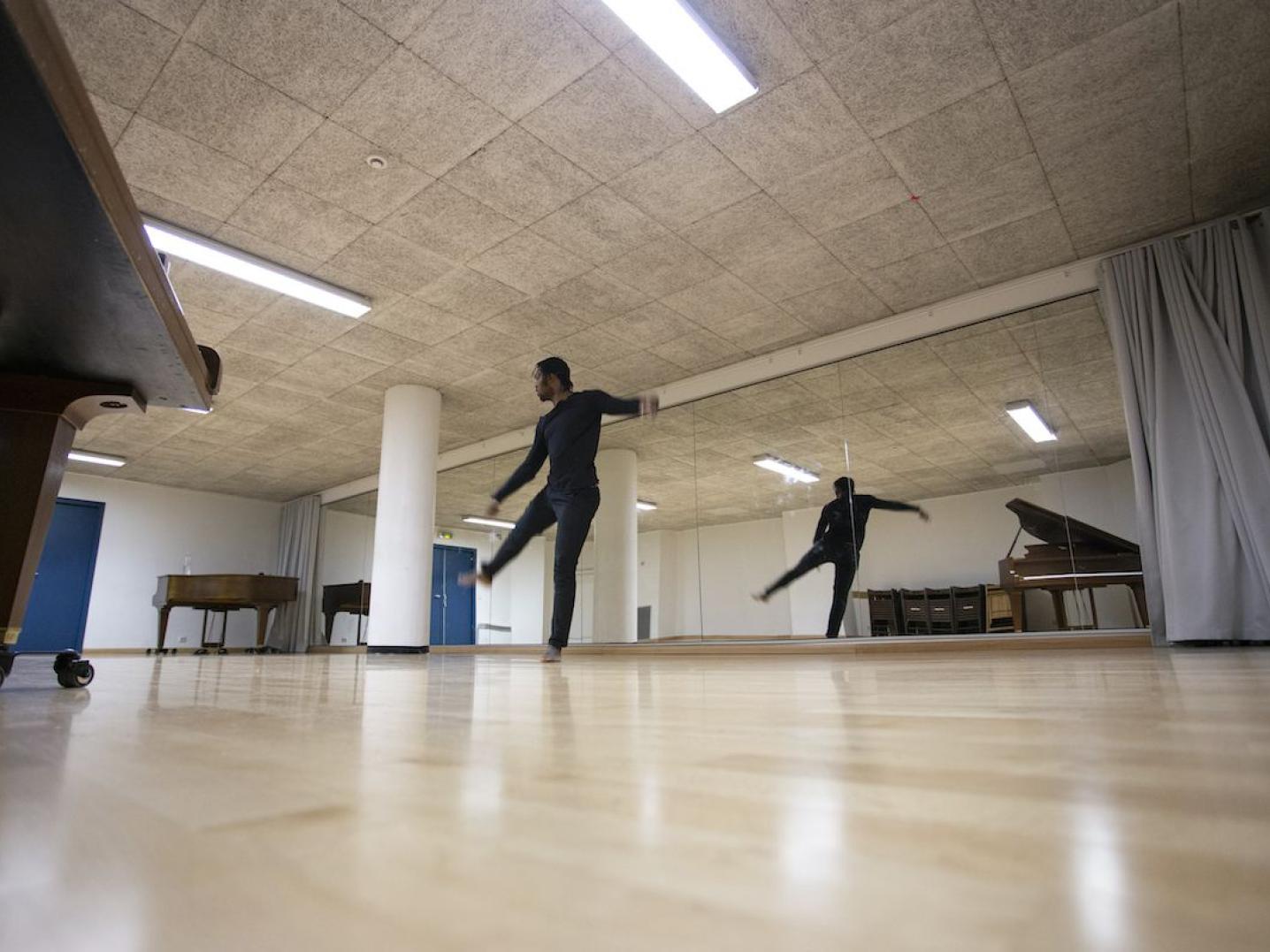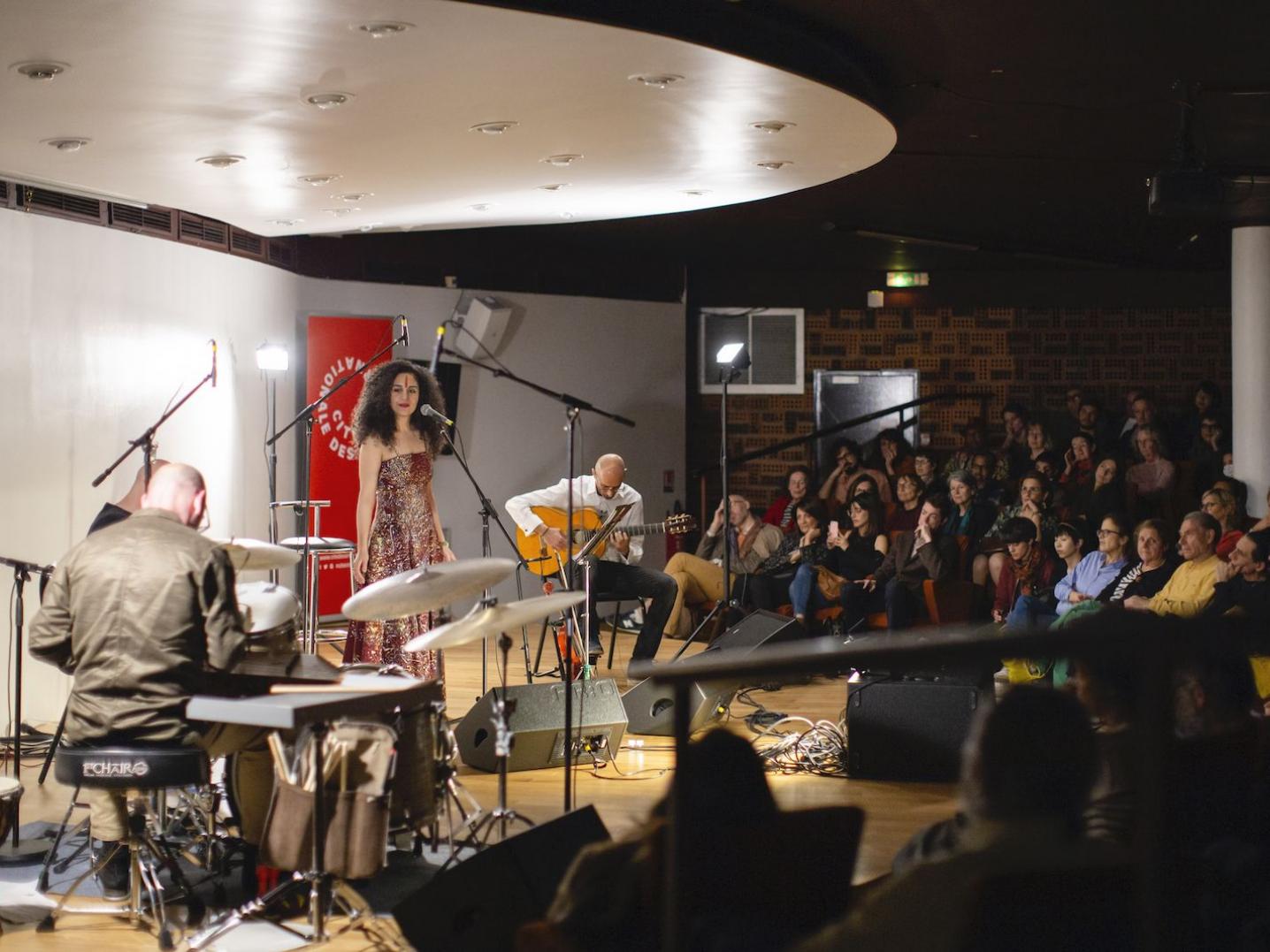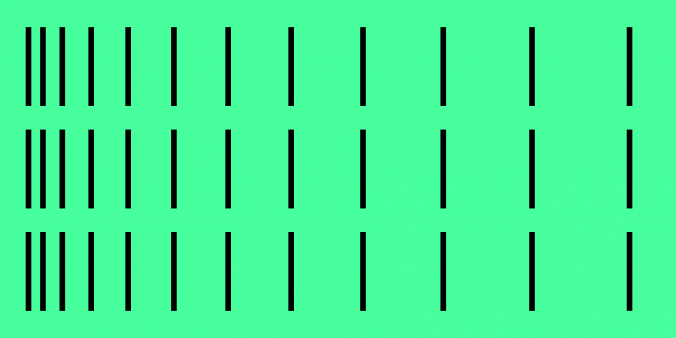
Ever since the Cité internationale des arts was founded in 1965, artists have been coming from all over the world to take part in its artist-in-residence programmes. The Cité encourages cross-cultural dialogue and provides a place where artists can meet with their public and other professionals. The Cité internationale des arts is located on two separate sites; the first is in Paris’ Marais district, next to the Seine River, and the second in Montmartre. Every month, in partnership with 135 French and international organisations, the Cité’s two complementary sites welcome more than 300 artists from a wide range of disciplines for residencies lasting up to 1 year.
How are you dealing with the current situation? Do you still have artists staying at Cité internationale des arts?
"Since the containment measures, we re-organised ourselves because we anticipated this. We are an international residency with more than 100 partners all over the world. As soon as Covid-19 was announced in China, we were in contact with our partners there and we started having less artists from Asia for health and security reasons. With the acceleration of the situation and the borders still being open, we had a big number of artists that could go back home in Europe and USA, in more or less 24 hours some of them could fly back.
Normally we welcome 325 artists, cinema directors, writers, performers and so on. At the moment on the two sites of the Cité internationale des arts, we have less than 200 artists – the biggest site is in the Marais district, close to the Seine and the second location is in Montmartre. All the artists that stayed are safely contained and we send them information on a regular basis, the official guidelines that we are getting from the health ministry and the government, but also giving them tips and clues on how to be able to go out for shopping, running and walking etc.
We have around 125-150 studios that are vacant now, while for the 200 that are still occupied we had to think of security and sanitary measures because of the lockdown. We had to extend the stay of some of these residents, especially for artists from the American continents at large and the African continent. We’ve been talking with the partners that are supporting these artists and they were all quite responsive. We are working hand in hand with them to make sure the artists can get an extra stipend, so they can have money for their basic needs and continue working."
What about the team?
"We also reorganised our team, meaning we drastically reduced the permanent team on the locations: there is the reception desk, the maintenance, someone from administration doing the follow up for the artists, the cleaning staff etc. We did reduce the team in a way that there is a rotation, so the premises are clean and safe for everyone. Also we made sure the team can continue to work efficiently, so part of them are actually living at Cité in vacant studios, and in that way we can limit their traveling and the risk. That is also good for the community of artists to know that these people are there. And since the follow up with the artists is very important for us and although the rest of the team is working from home, everyone is staying in close contact with the residents.
It is important to not forget these artists are here to work. They came with a specific project, and we need to keep ourselves up to date in how are they pursuing with their work, and how can we assist them in the best possible way so they can still create and work. There are different stages in that, apart from making sure that people are okay, we need to make sure that some of these projects are being transformed with the situation, and we are trying to adjust the assistance according to that."

How do you assist the artists to continue or show their work?
"We’ve been discussing with a number of artists how to make visible their work in progress through new communication vessels, obviously online. The majority of artists staying at the Cité internationale des arts were not here for research, but had a specific project that they would either show in galleries, museums or perform in Europe or back home. Through showing their work online we want to say to the public authorities, our partners and our public in general that we are open and these artists are working and doing their best to pursue what they were planning to do. On our website we have a new section Work in progress (Everyday) where every day we publish something and the artists who decide to participate in this get a small fee. We are also digging up through our very recent archive and putting online some of those projects.
Are you still able to be active in your community, with all the measures and restrictions of movement?
"We’ve also been very careful about our immediate environment, especially in the Marais district, since we do have a community of homeless people that come every night and stay just outside the Cité internationale des arts, under an arcade throughout the night and leave in the morning. There are about 35-60 people every night, women and men, that have been coming here for years. On and off in the past we’ve been setting up programs of support with the artists, and now with the containment measures and these very strange times that we are going through, we’ve been collaborating with artists for donations that we give to different organizations, medical, but also NGO’s that are helping homeless people on daily bases, so that we could give food, hygienic products etc. They can also get medical assistance. And that says a lot about the solidarity in these times, of each and everyone, and all the other organizations in Paris with which we work very closely."

Any ideas about how the future (programs) will develop?
"Because we have around 200 artists still staying with us, there are still some ongoing programmes. But we also had to postpone a lot of them. For example, in April we were supposed to start with three curating residences between three curators from France, Japan and Taiwan and that is postponed until the end of the year. Also, another big project involving francophone artists from around the world is postponed until the end of the year. Because it is international, we are having difficulties in knowing when can we resume the variety of programmes that we work on with different countries, because the Covid-19 is in different phases around the world.
The basic mission of the Cité internationale des arts is to sustain mobility between different regions of the world, different art scenes and to stimulate that mobility. It is very difficult to say today what the impact will be, but it will be highly critical. Once the containment measures will be over, we won't be able to resume all of our programmes, simply because the pandemic is everywhere. It is going to be difficult task to assess the damage, including the economic damage – how are we coming out of this financially, since we are not a public organisation. We are partially funded by the state and city of Paris, while 80% of our budget is coming from the partners who fund the artist to come here, or sometimes from the artist themselves. With some of these partners we’ve been working for 50 years, while with others for just a year. All of them, of course, have question marks for their existence at the moment. It is going to be interesting how can we think about the future and make sure that the Cité internationale des arts lives on when this is over, but the impact is going to be very high."
Can we find hope in this situation?
"I must add that we’ve been working very efficiently not only with NGO’s, but also with the public authorities like the Ministry of Foreign Affairs, Ministry of Internal Affairs, Ministry of Culture and also city of Paris. We have a number of artists who stayed and who had a visa problem, which was facilitated by the authorities. I have to say that has been an extremely reassuring thing, to have a sense that the state, but also the municipality and the city is responding quickly to these administrative issues. Everything went well for these artists and they could stay without any troubles for another two or three months. We do hope that in some way this is breaking the ice, and this kind of solidarity between organisations and the bureaucratic bodies will stay in the future. Sometimes in the past it was really difficult to get a quick response if we had a question concerning visa, so we are really happy and relieved that this is happening.
Hopefully we can have more conversations on a daily basis once this is over. This is probably a good way to change forward our society, because what is currently happening is so big and strange and we need to move forward together – it is about trying not to do the same thing, and continuing working differently together. It is about lending an ear to invisible places, and people that have been invisible. Artist residencies have been pretty much a dark spot, because the work created in these places can be really fragile, but also very strong. Once we are back on a different track, we can re-imagine a world that comes close but with a different basis. There is a sense of powerlessness that has overcome us at the moment, and more than ever we need artists and we need creation."



